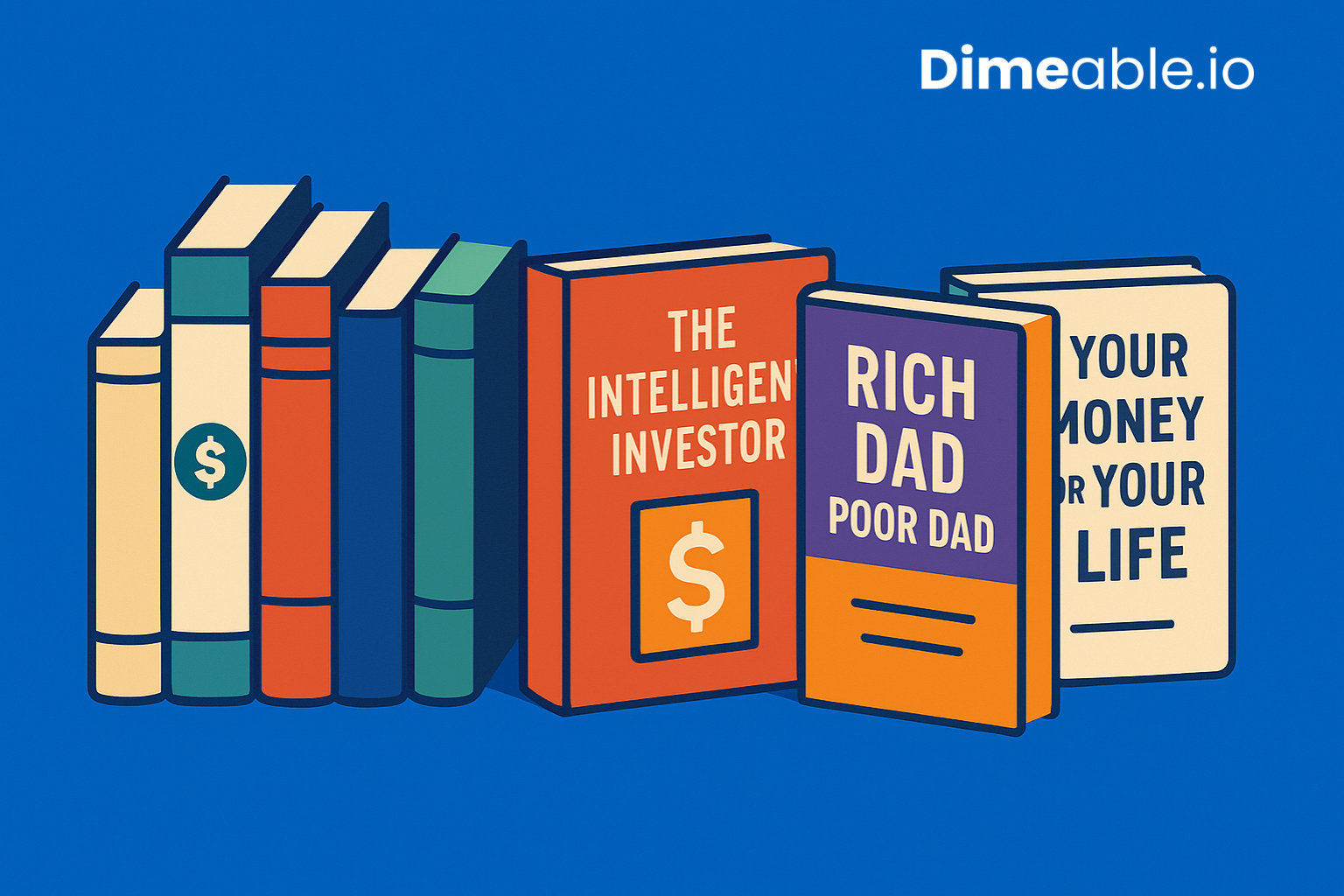“Rich Dad Poor Dad” by Robert T. Kiyosaki is a globally recognized personal finance book that challenges conventional thinking about money. It contrasts two financial philosophies—those of Kiyosaki’s “Rich Dad” and “Poor Dad.” Through these contrasting views, Kiyosaki explores the keys to financial independence, smart investing, and the value of financial literacy. This review provides an in-depth look at the book’s core lessons, discusses its relevance today, and evaluates its impact on personal finance.
Buy the book – Click here
Main Lessons from “Rich Dad Poor Dad”
The Rich Don’t Work for Money
One of the key ideas in the book is that the rich don’t simply work for money—they make money work for them. Kiyosaki believes that traditional employment locks people into a cycle of earning and spending. Instead, he encourages seeking financial independence through investments and entrepreneurship. This principle highlights the importance of passive income, which allows for long-term financial security.
Financial Literacy: A Path to Wealth
Kiyosaki emphasizes that without financial education, even high earners can struggle with money. Understanding the difference between assets (things that generate income) and liabilities (things that drain money) is crucial. In fact, according to the National Financial Educators Council, financial illiteracy costs Americans over $400 billion each year. By gaining knowledge about money management and investing, individuals can avoid costly mistakes and build wealth more effectively.
Build Your Own Business
Another important takeaway is the focus on entrepreneurship. Kiyosaki advises readers to start their own ventures or invest in assets, rather than depending on a salary alone. Whether it’s real estate or stock market investments, creating additional sources of income is a key strategy. Kiyosaki’s philosophy encourages ownership—building something that works for you, not just working for others.
The Tax Advantages of Corporations
In one of the more contentious sections, Kiyosaki explains how the wealthy use tax laws to their advantage. He highlights the benefits of using corporations to manage wealth and reduce tax liabilities. While some readers might question the ethics of such practices, understanding how tax laws work can be crucial for financial planning. Learning about corporate structures can help anyone make better financial decisions and reduce their tax burden.
Recognizing Opportunities: The Rich Invent Money
Kiyosaki suggests that the wealthy are more adept at spotting and creating opportunities. In today’s economy, this is easier than ever, with platforms like Airbnb and Uber allowing individuals to generate income from personal assets. By learning how to “invent” money through creative thinking and recognizing trends, readers can increase their earning potential.
Work to Learn, Not Just to Earn
Lastly, Kiyosaki encourages a focus on learning new skills. Instead of working solely for a paycheck, he advises gaining diverse experience that can open new doors. According to a Federal Reserve report, people who continuously improve their skills tend to experience better financial outcomes. This lesson is particularly important in today’s rapidly changing job market, where adaptability is key.
Strengths of “Rich Dad Poor Dad”
Practical and Actionable Advice
One of the book’s main strengths is its practical approach to wealth building. Kiyosaki provides clear advice, such as focusing on assets and starting your own business. This makes the book accessible and useful, especially for those new to personal finance.
Breaking Traditional Molds
“Rich Dad Poor Dad” challenges the common belief that a job and a paycheck are the ultimate financial goals. Kiyosaki’s emphasis on entrepreneurship, investment, and taking control of one’s financial future offers a refreshing perspective. His ideas encourage readers to think creatively and to seek financial independence outside of traditional methods.
Accessible Language and Style
Kiyosaki’s straightforward writing style is one of the reasons the book has such broad appeal. Complex financial concepts are broken down into simple terms, making them easier for a wide range of readers to understand. This accessibility is one of the reasons the book remains popular today.
Criticisms of “Rich Dad Poor Dad”
Lack of Detailed Strategies
While the book is filled with helpful concepts, it does not provide in-depth investment strategies. Some readers may feel the advice is too general, especially when it comes to practical steps like investing in real estate or stocks. Without clear guidance, some may find it difficult to implement Kiyosaki’s ideas.
Controversial Views on Education
Kiyosaki’s criticism of traditional education may not sit well with everyone. He suggests that formal education is not as valuable as financial education, which can seem dismissive of professions that require advanced degrees. While his advice to focus on learning new skills is valuable, it may not be universally applicable.
Reliance on Anecdotes
Much of Kiyosaki’s advice is based on his personal experiences. While these stories are inspiring, they may not work for everyone. Many people may not have the same resources or opportunities, which limits the book’s usefulness for a broader audience.
Conclusion
“Rich Dad Poor Dad” is a powerful resource for anyone seeking financial independence. Its key messages—such as the importance of financial literacy, the benefits of entrepreneurship, and the need to focus on building assets—remain relevant today. However, the book’s lack of detailed strategies and controversial stances on education may limit its appeal for some readers.
For those interested in improving their financial knowledge, “Rich Dad Poor Dad” serves as an excellent starting point. It encourages readers to question conventional wisdom and take proactive steps toward financial freedom.
Read : 10 Best Finance Books



